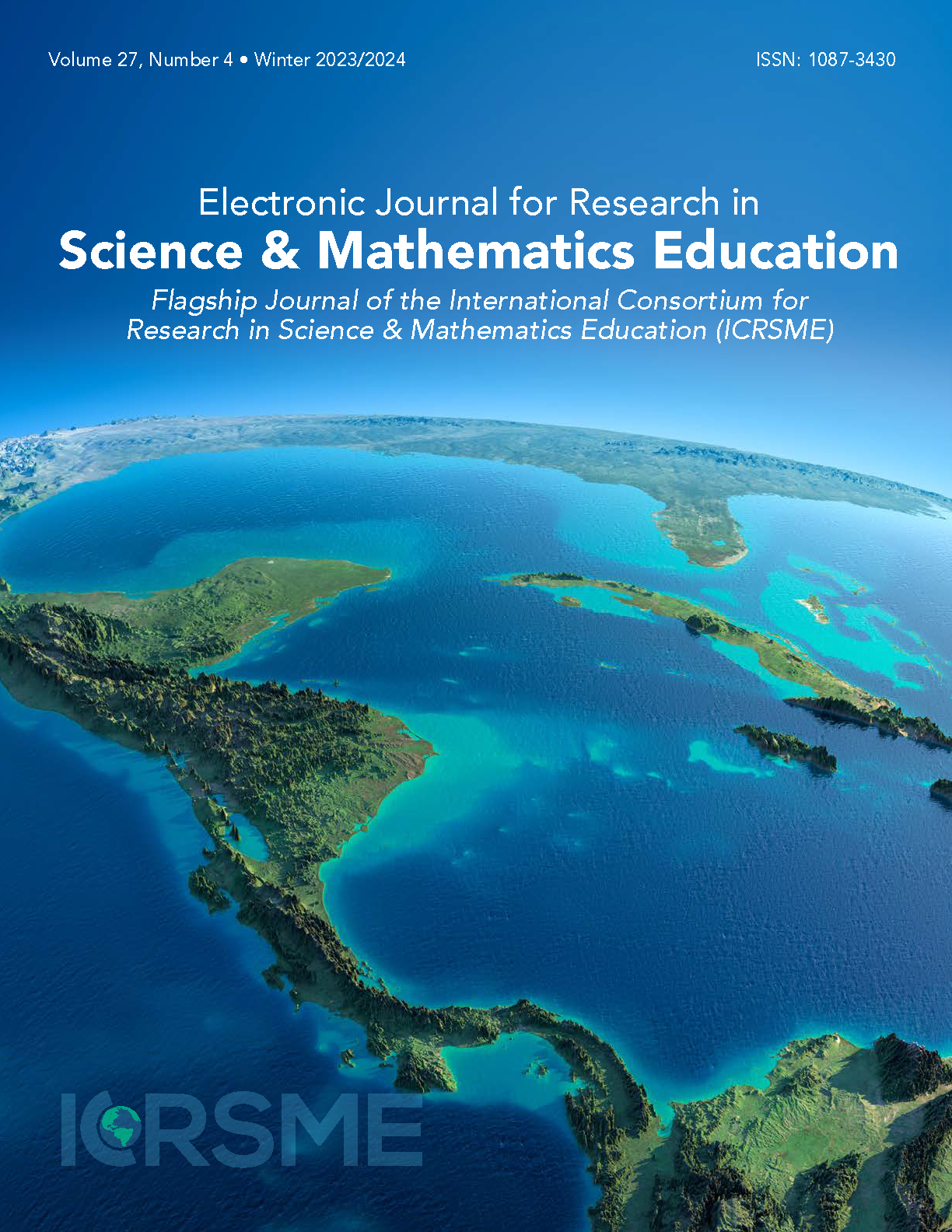Interdisciplinary Teaching Solving Real-Life Physics Problems through Mathematical Modelling
Main Article Content
Abstract
Physics and mathematics represent closely intertwined fields, wherein physicists employ mathematical modeling to address intricate problems. A challenge encountered by physicists involves bridging conceptual understanding with mathematical equations, a task that educators can facilitate by supporting students in navigating these two realms of comprehension. Mathematical modeling has exhibited potential in assisting students in recognizing that the domains of physics and mathematics are not insurmountably complex. The present study investigated the capability of science preservice teachers (PSTs) enrolled in an introductory physics course to resolve real-life physics problems by adhering to the stages of mathematical modeling. Data were gathered through the Interdisciplinary Modeling Eliciting Activity, allowing students to collaboratively discuss problems and devise solutions. Analysis was executed utilizing the interdisciplinary mathematical modeling (IMM) framework. The activity provided an inclusive platform for all students, including those who typically remained reticent during classes, to actively participate in group discussions and articulate their ideas. Despite the successful navigation of the problem with the guidance of the IMM framework, groups encountered challenges in certain tasks such as parsing/grouping and generating a context. Overall, the study demonstrated promise in augmenting PSTs' enthusiasm for physics and enhancing their comprehension of mathematical models within the discipline.
Article Details
© 2025 Electronic Journal for Research in Science & Mathematics Education (EJRSME)
